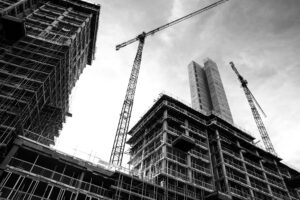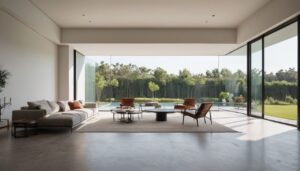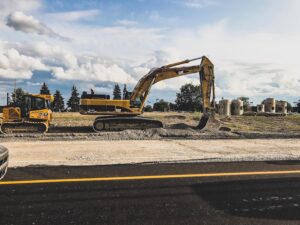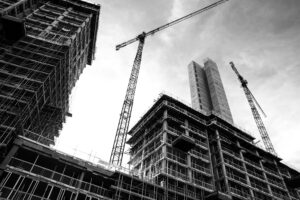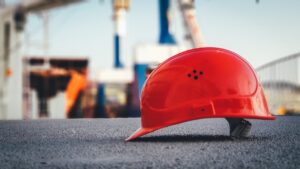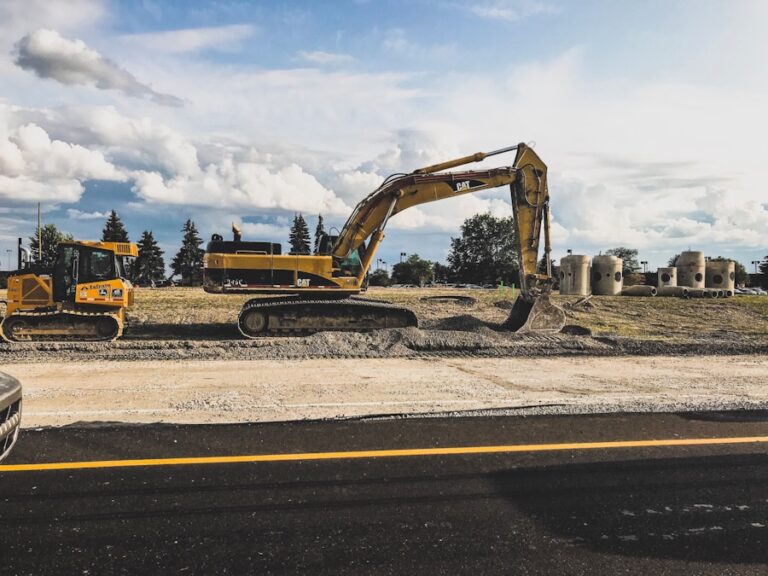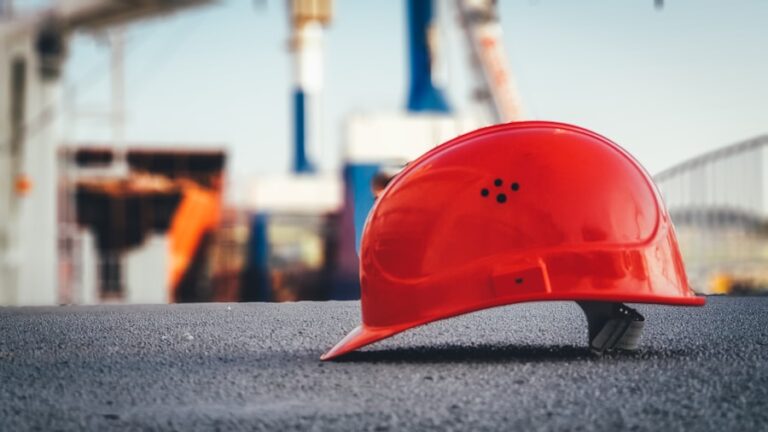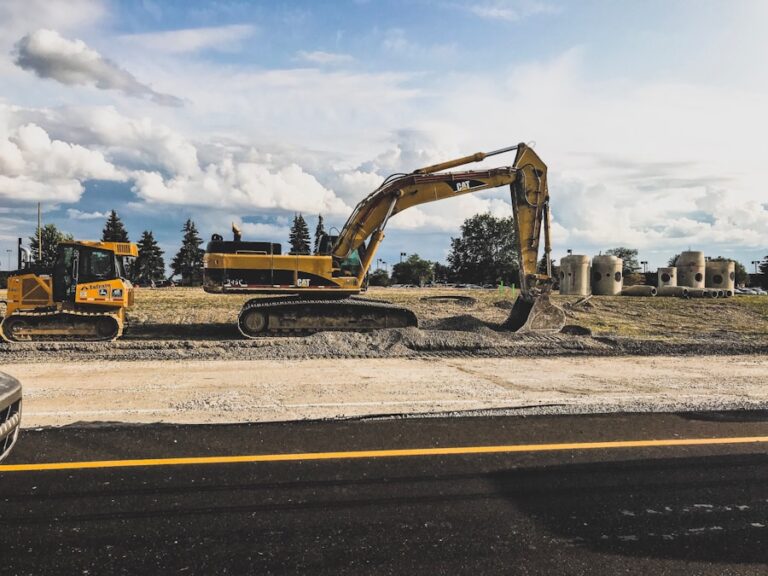When it comes to building a benefit building, one of the most crucial decisions you will make is choosing the right location. The location of your building can have a significant impact on its success and accessibility to the community it serves. When considering a location, it’s important to take into account factors such as proximity to public transportation, accessibility for people with disabilities, and the overall safety and security of the area. Additionally, you’ll want to consider the demographics of the surrounding community and whether it aligns with the mission and goals of your benefit building. For example, if you are building a community center for children, you’ll want to choose a location that is easily accessible to families and has a low crime rate. On the other hand, if you are building a benefit building focused on environmental sustainability, you may want to consider a location that is close to green spaces and has a strong eco-conscious community.
Another important consideration when choosing a location for your benefit building is the cost of real estate and construction in the area. You’ll want to carefully research and compare different locations to ensure that you are getting the best value for your investment. It’s also important to consider the potential for growth and development in the area, as this can impact the long-term success of your benefit building. Ultimately, choosing the right location for your benefit building requires careful consideration of a variety of factors, and it’s important to take the time to thoroughly research and evaluate your options before making a decision.
Understanding Local Regulations and Permits
Before you begin the process of designing and constructing your benefit building, it’s crucial to have a thorough understanding of the local regulations and permits that will govern your project. Building codes, zoning laws, and environmental regulations can vary significantly from one location to another, and failing to comply with these regulations can result in costly delays and legal issues. It’s important to work closely with local government officials and regulatory agencies to ensure that your benefit building project is in full compliance with all applicable laws and regulations. This may involve obtaining permits for construction, occupancy, and environmental impact, as well as adhering to specific building codes and zoning requirements.
In addition to understanding local regulations and permits, it’s also important to consider any potential community opposition or concerns that may arise during the planning and construction process. This may involve conducting community outreach and engagement efforts to address any concerns and build support for your benefit building project. By taking the time to thoroughly understand and comply with local regulations and permits, you can help ensure that your benefit building project proceeds smoothly and successfully, without encountering unnecessary obstacles or setbacks.
Designing Your Benefit Building
Once you have chosen the right location and gained an understanding of local regulations and permits, the next step in building a benefit building is designing the structure itself. The design of your benefit building should be carefully tailored to meet the specific needs and goals of your organization, as well as the needs of the community it serves. This may involve working closely with architects, engineers, and other design professionals to create a space that is functional, aesthetically pleasing, and environmentally sustainable. When designing your benefit building, it’s important to consider factors such as accessibility, energy efficiency, and flexibility for future expansion or adaptation.
In addition to considering the physical design of your benefit building, it’s also important to think about how the space will be used and how it can best serve the needs of your organization and the community. This may involve incorporating features such as multipurpose rooms, outdoor green spaces, or sustainable building materials. It’s also important to consider how the design of your benefit building can help promote a sense of community and inclusivity, as well as support the overall mission and goals of your organization. By carefully considering these factors during the design process, you can help ensure that your benefit building is well-suited to meet the needs of its users and make a positive impact on the community.
Finding Reliable Contractors and Suppliers
Once you have a clear vision for the design of your benefit building, the next step is finding reliable contractors and suppliers to bring that vision to life. Finding trustworthy professionals who are experienced in benefit building construction is crucial for ensuring that your project is completed on time, within budget, and to the highest quality standards. When searching for contractors and suppliers, it’s important to conduct thorough research and due diligence to ensure that they have a strong track record of success in similar projects. This may involve requesting references, reviewing past work samples, and conducting interviews to assess their qualifications and capabilities.
In addition to finding reliable contractors, it’s also important to establish clear communication and expectations from the outset of the project. This may involve developing detailed contracts that outline project timelines, deliverables, and payment schedules, as well as establishing regular communication channels for updates and feedback. By fostering strong relationships with your contractors and suppliers, you can help ensure that your benefit building project proceeds smoothly and efficiently, without encountering unnecessary delays or disputes. Ultimately, finding reliable contractors and suppliers is an essential step in bringing your benefit building project from concept to reality.
Budgeting and Financing
Building a benefit building requires careful budgeting and financing to ensure that the project is completed within financial constraints while still meeting quality standards. Before embarking on construction, it’s important to develop a comprehensive budget that takes into account all aspects of the project, including design fees, construction costs, permits, materials, labor, and contingency funds for unexpected expenses. It’s also important to consider potential sources of financing for your benefit building project, such as grants, loans, donations, or fundraising efforts.
When developing a budget for your benefit building project, it’s important to be realistic about costs while also seeking opportunities for cost savings where possible. This may involve working closely with contractors and suppliers to obtain competitive bids for materials and labor, as well as exploring opportunities for energy-efficient design features that can help reduce long-term operating costs. It’s also important to carefully track expenses throughout the construction process to ensure that the project stays within budget and identify any potential cost overruns early on.
In addition to budgeting for construction costs, it’s also important to consider ongoing operational expenses for your benefit building once it is completed. This may involve budgeting for maintenance, utilities, staffing, programming, and other ongoing costs associated with running the facility. By carefully considering both construction and operational expenses in your budgeting process, you can help ensure that your benefit building project is financially sustainable in the long term.
Sustainability and Eco-Friendly Practices
In today’s world, sustainability and eco-friendly practices are increasingly important considerations in building design and construction. When planning a benefit building project, it’s important to consider how you can incorporate sustainable design features and practices that minimize environmental impact while also reducing long-term operating costs. This may involve incorporating energy-efficient lighting and HVAC systems, using sustainable building materials such as recycled or locally sourced materials, implementing water-saving fixtures and landscaping practices, and designing for natural daylighting and ventilation.
In addition to sustainable design features, it’s also important to consider how your benefit building can promote eco-friendly practices in its day-to-day operations. This may involve implementing recycling programs, composting facilities, energy conservation initiatives, or promoting alternative transportation options such as biking or public transit. By incorporating these practices into your benefit building project from the outset, you can help minimize its environmental footprint while also setting an example for sustainable living within the community it serves.
Marketing and Promoting Your Benefit Building
Once your benefit building is completed, it’s important to develop a comprehensive marketing and promotion strategy to raise awareness about its services and programs within the community. This may involve developing a strong brand identity for your benefit building, creating promotional materials such as brochures or websites, hosting open houses or community events, engaging with local media outlets for coverage, and leveraging social media platforms to reach a wider audience.
In addition to traditional marketing efforts, it’s also important to build strong relationships with community organizations, businesses, schools, and other stakeholders who can help promote your benefit building within their networks. This may involve developing partnerships or sponsorship opportunities that can help raise awareness about your programs and services while also providing valuable support for ongoing operations.
By developing a comprehensive marketing strategy that leverages both traditional and digital channels while also fostering strong community relationships, you can help ensure that your benefit building is well-positioned for success within its target audience. Ultimately, effective marketing and promotion efforts are essential for raising awareness about your benefit building’s mission and programs while also attracting support from donors, volunteers, and program participants.
In conclusion, building a benefit building requires careful consideration of a variety of factors including location selection, understanding local regulations and permits, designing a functional space that meets community needs while being environmentally sustainable. It also involves finding reliable contractors and suppliers who can bring your vision to life within budget constraints while also developing a comprehensive marketing strategy that raises awareness about your programs within the community. By carefully considering these factors throughout each stage of the process from planning through construction completion you can help ensure that your benefit building makes a positive impact on its users while also contributing positively to its surrounding community.



